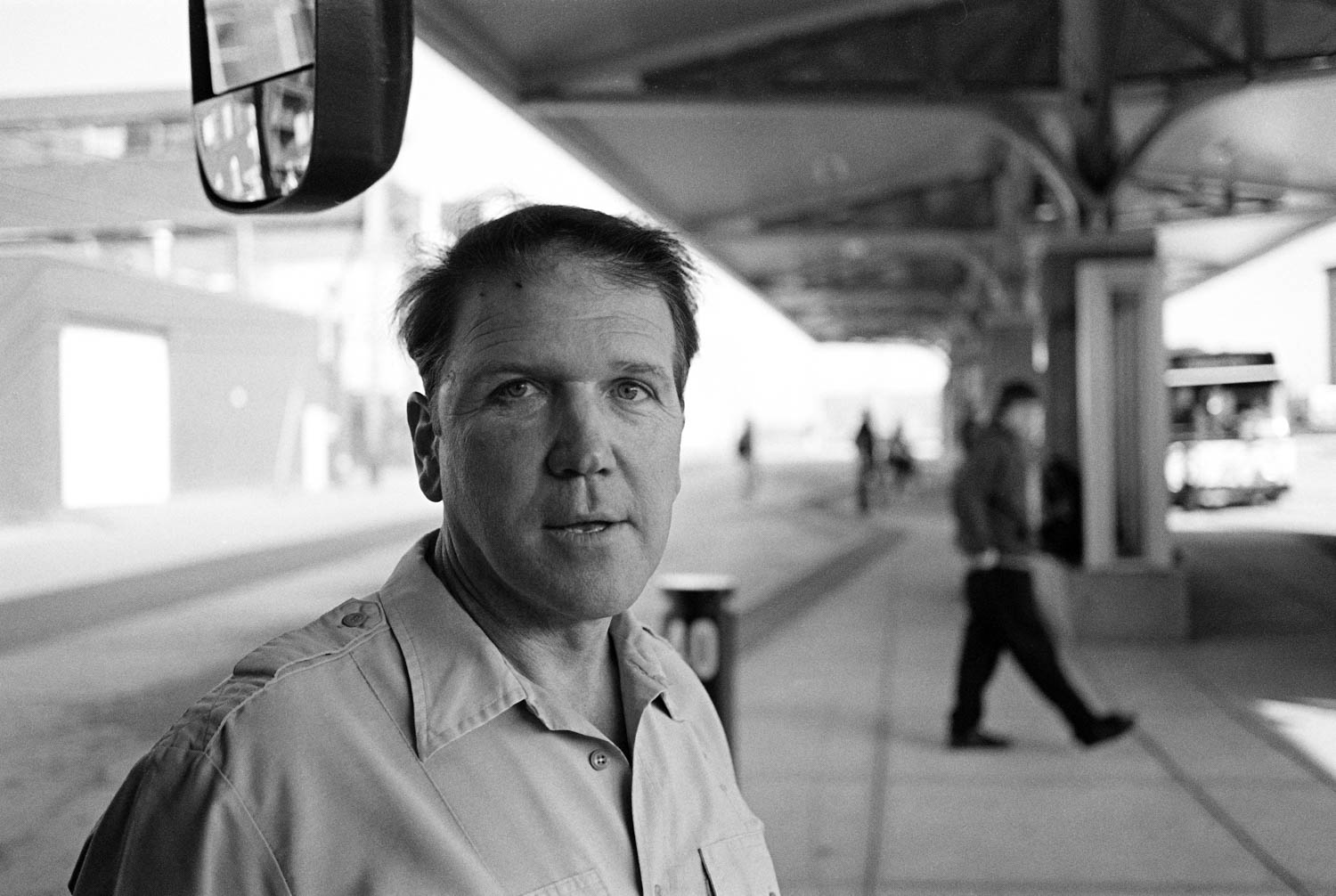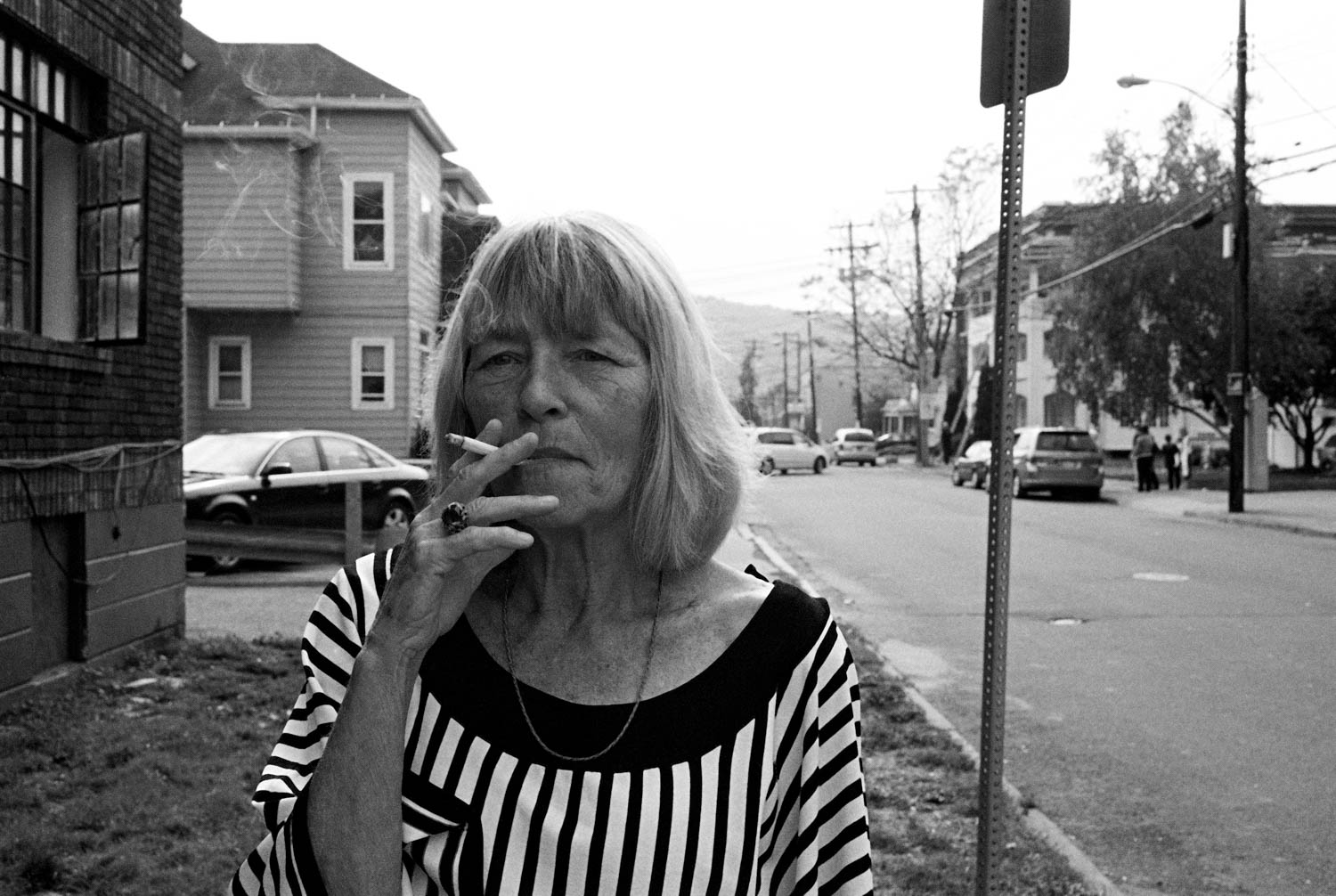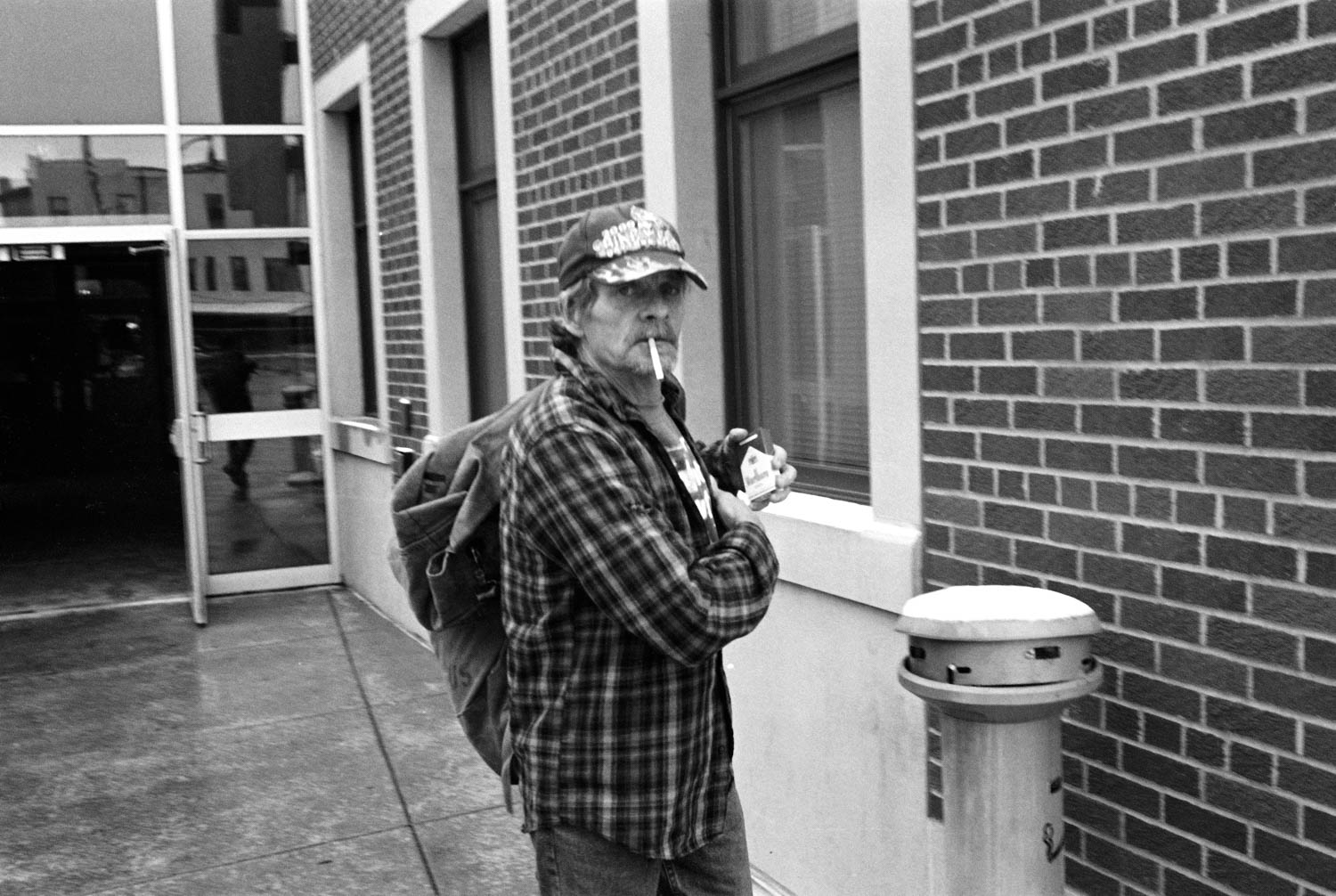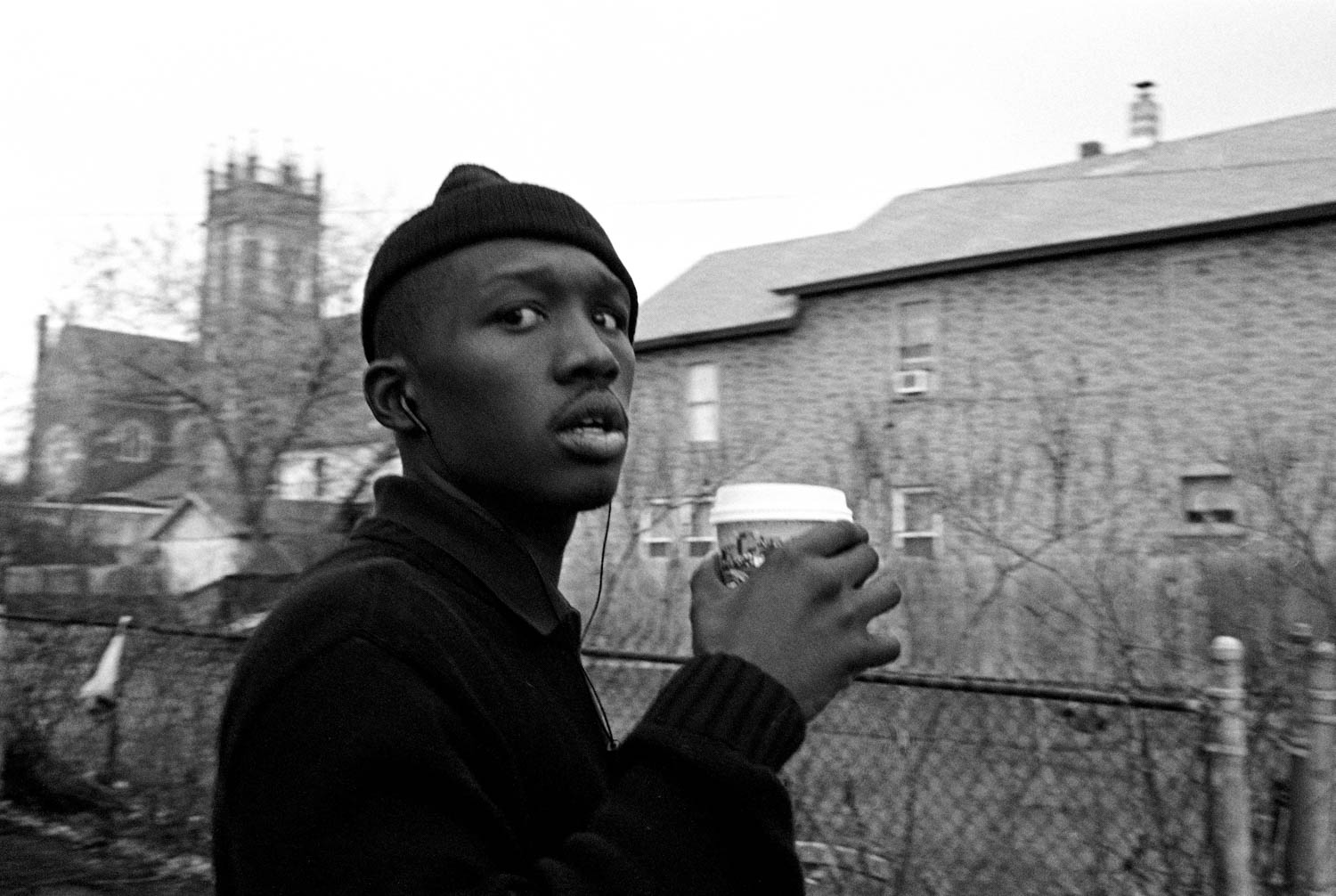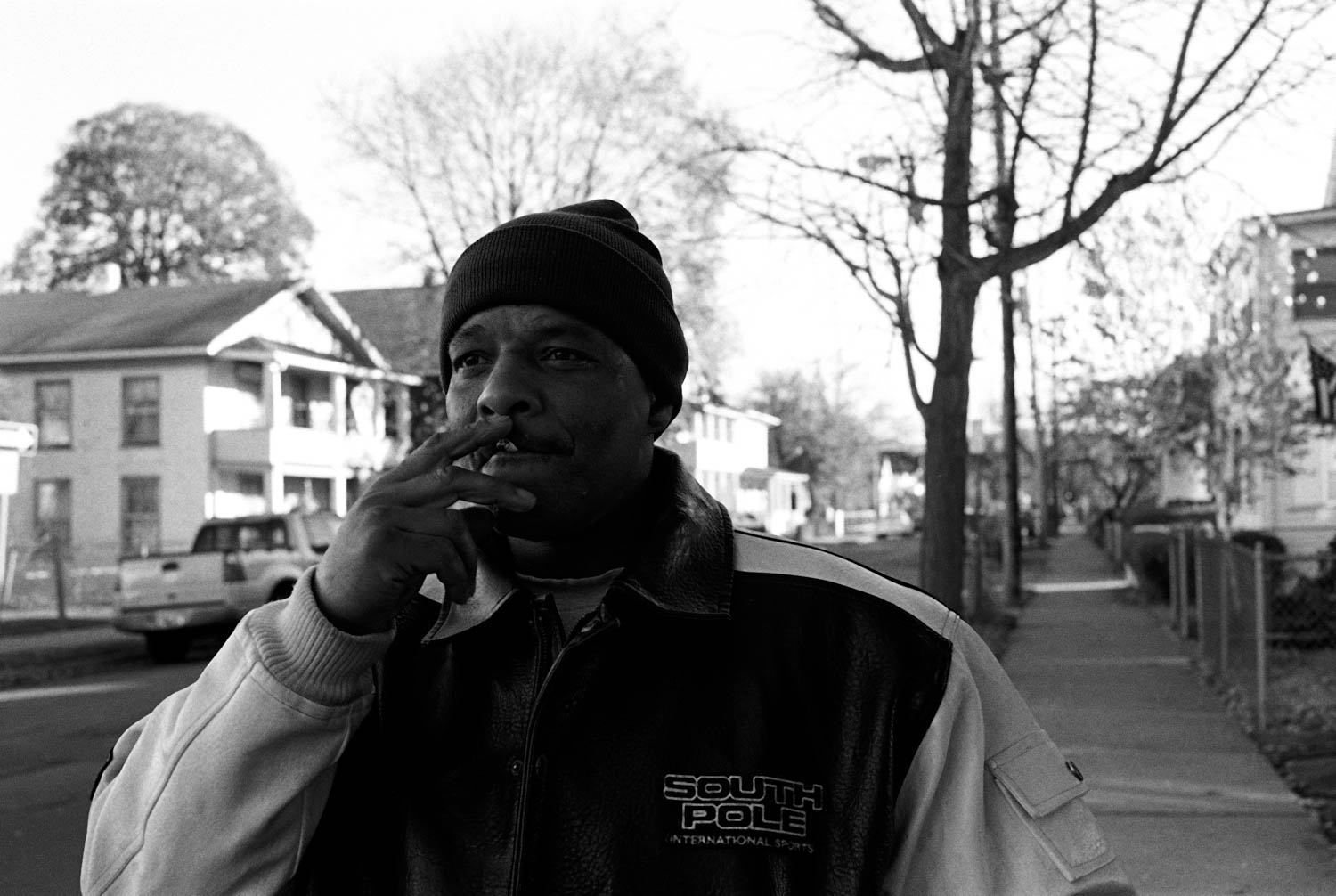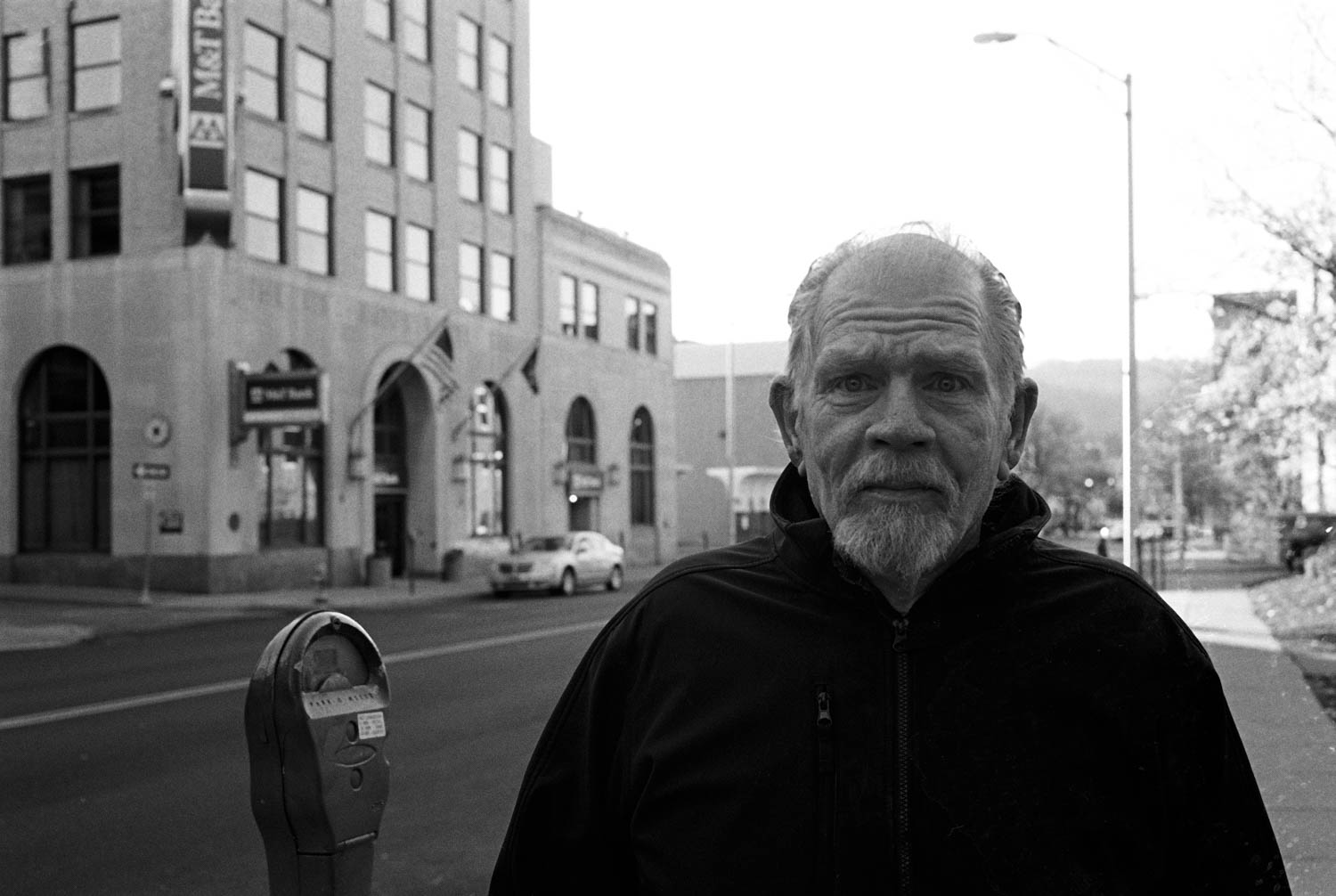Stories on the Street
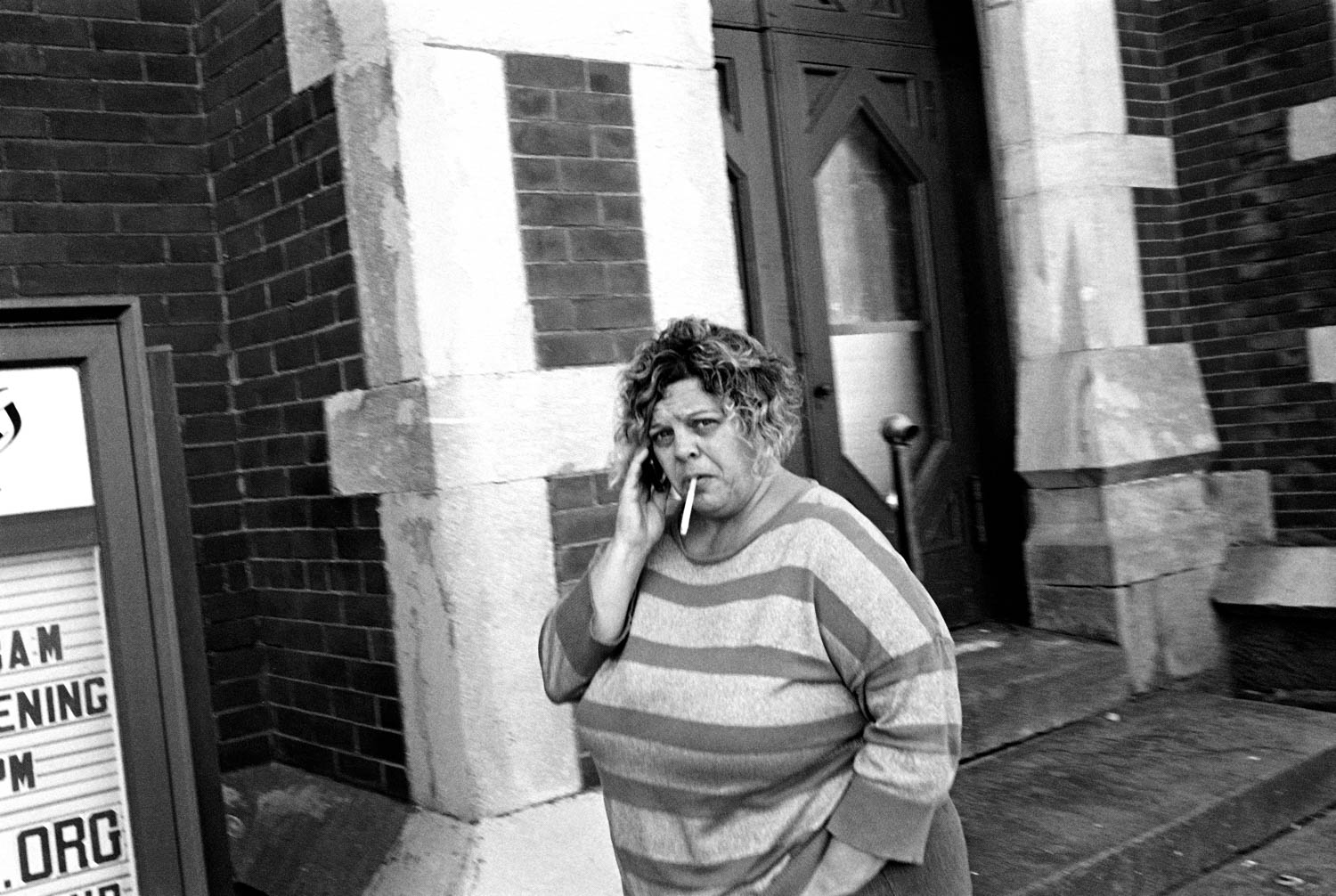
In the fall semester of my Junior year in college, my busy engineering schedule finally permitted me to enroll in a black and white film photography class — one I had my eye on since my first year at college.
The class is technically an introductory class, but Binghamton University’s Costa Sakellariou is brilliant, and structures the class so that everyone advances. Everyone learns something new, and everyone becomes a better photographer. Beginners struggling with film are gently nudged to learn and create, and I was pushed harder, and encouraged to shoot something that scared me. I decided to try my hand at street photography with a Leica.
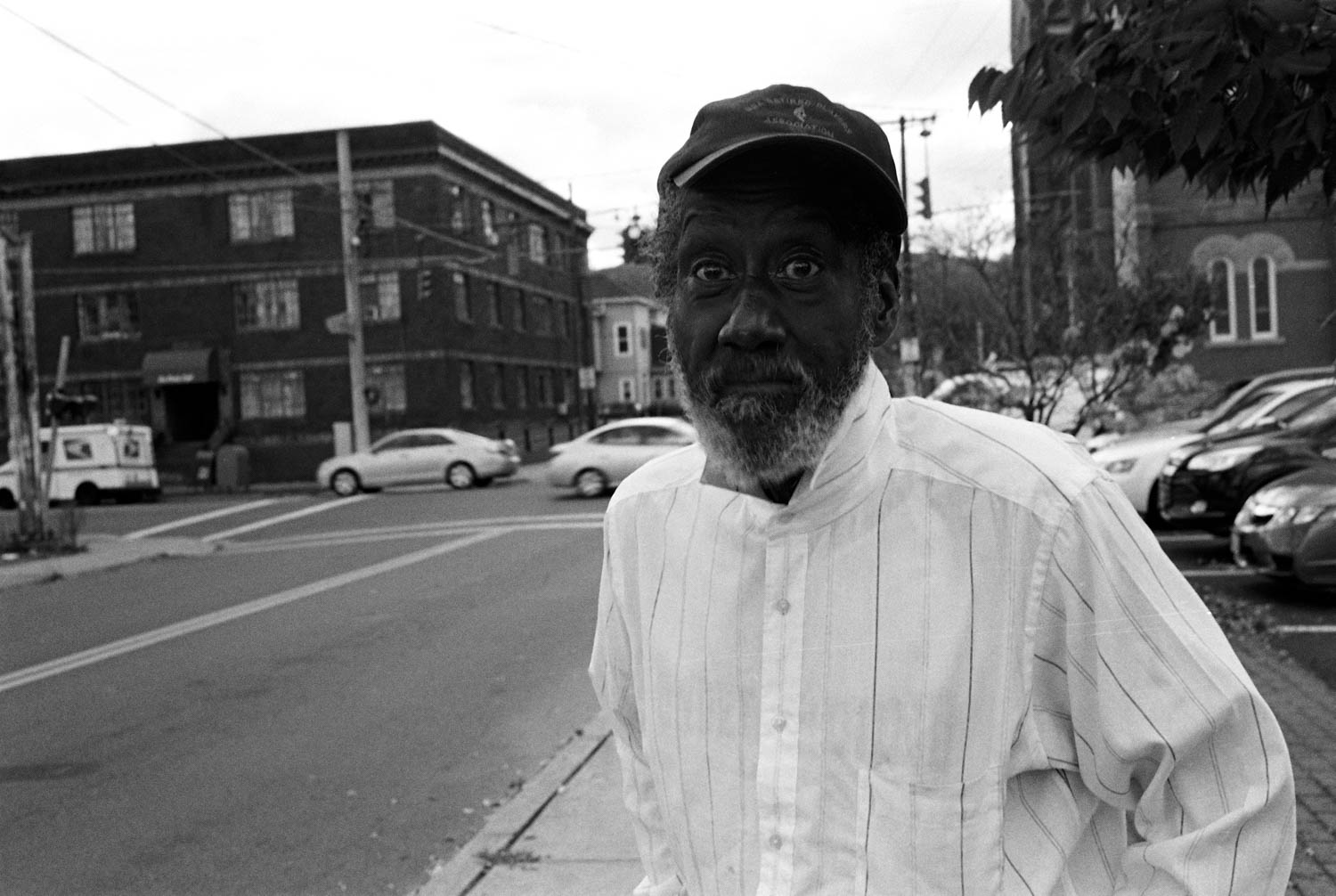
Plunging into street photography was an exercise in working miles outside of my comfort zone, but the thrill of it was unparalleled. Costa encouraged me to keep a 35mm lens on my camera (A Leica M2) and get as close as possible to my subjects. Most of the images here were taken between .7 and 1.5 meters. At that distance, I was literally shaking and sweating after taking my first few photographs. In a sparsely populated city like Binghamton, NY, there’s no way I could conceal I was photographing someone at that distance. There was no sea of people in which to disappear after getting the shot. I couldn’t pretend to be taking a picture of someone or something behind my subject, like one so easily could as a street photographer in Manhattan. I had to be quick, intentional, and confident.
This was intimidating, and it forced me to communicate with most of my subjects after photographing them, which was uncomfortable for me at first, but in no time, I was hooked.
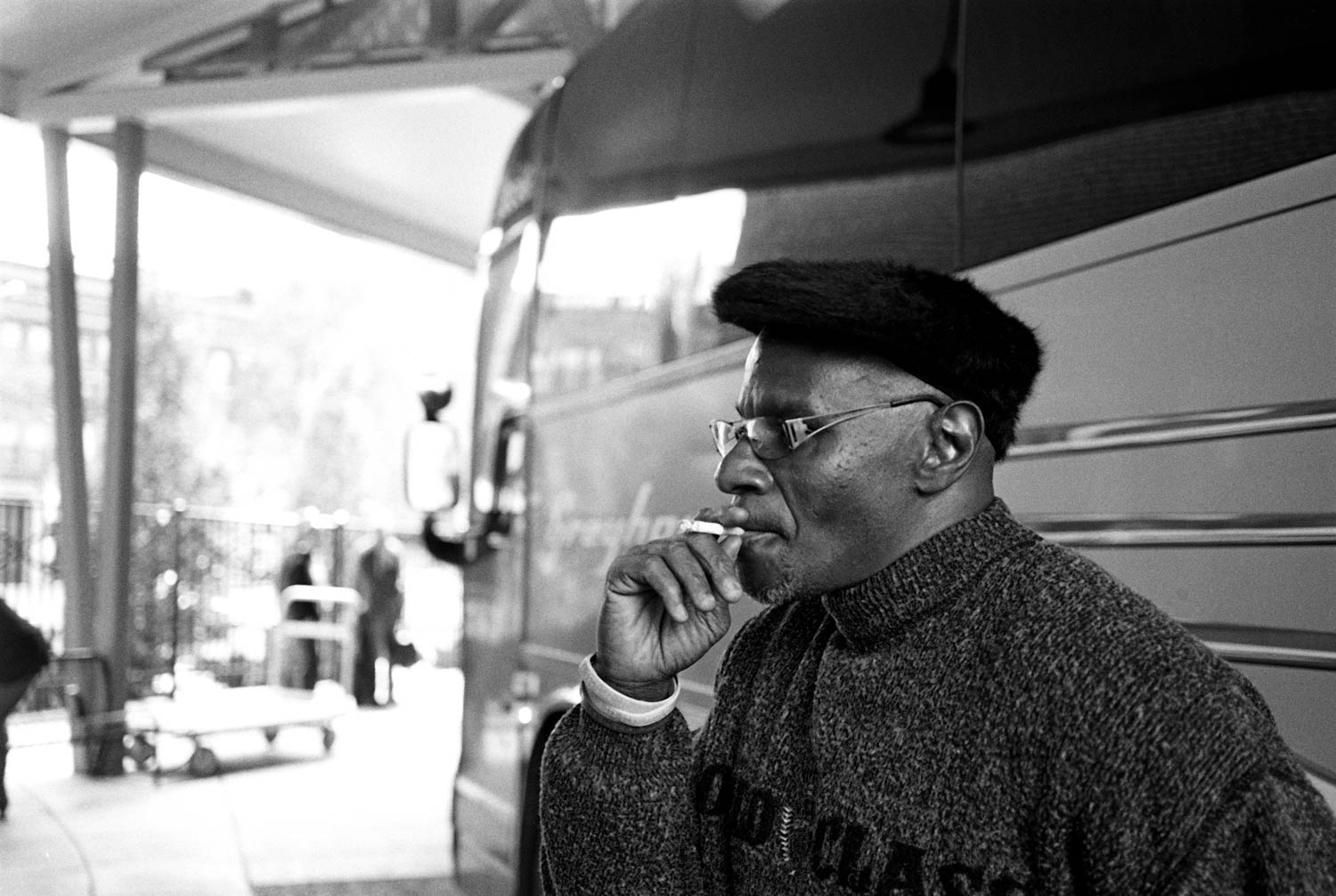
After pointing my lens at an individual, they almost always began spilling their stories to me, without any prompt. It amazed me how often this happened, and it really got me thinking more like a photojournalist. I asked better questions and became a more attentive listener. While I was shooting this project, I knew as long as I had the energy to put on my shoes and grab my camera, I could hear a new story just down the street.
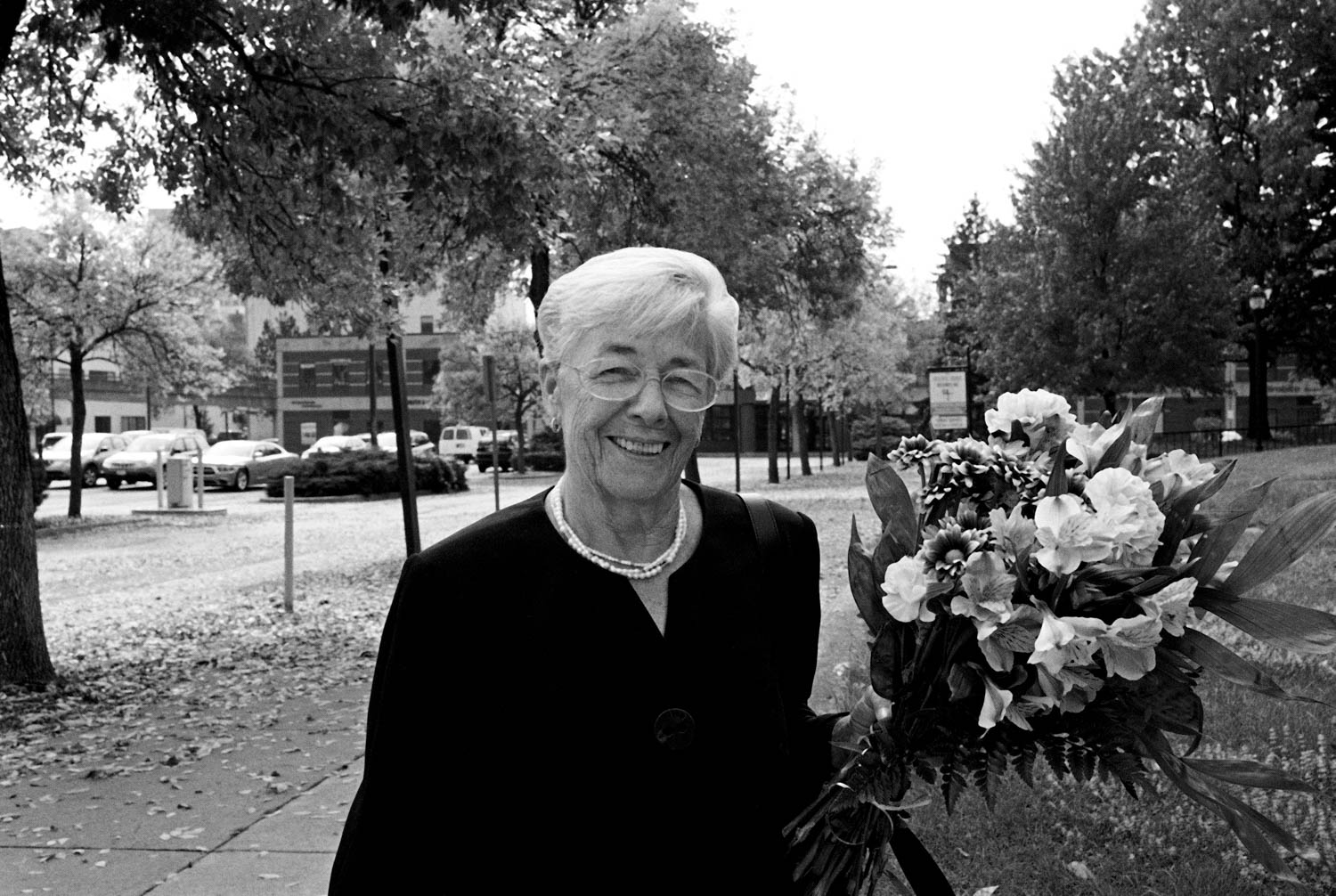
I heard stories of recent widows, and of people recovering after medical operations. I heard the story of someone trying to scrounge up enough money for a one-way ticket back home to California, and I was asked several times if I was a cop. A few times people assumed I was a press photographer for a news outlet, and began telling me their complaints about the city, pitching me ideas.
I was nurturing a symbiotic relationship with the city. I needed the photographs, and these people needed someone to listen to them. Someone to talk to, or really, just talk at. A few weeks into the project I became a well-oiled street photography machine. The fear went away when I began rationalizing my interactions. I knew the worst I could get was a curt, “Get the fuck outta here!” More likely, I was able to make a decent photograph and have a remarkable interaction. Being a street photographer for ten weeks didn’t just make me a better photographer. It made me a better human being. The demographic that appeared most attractive to me was precisely the demographic to which most people turn a blind eye. Hearing their stories — and more so, being trusted with telling them — fueled my empathy and compassion.
The images here make up my portfolio for the first semester class. The following semester I took Costa’s advanced class.
